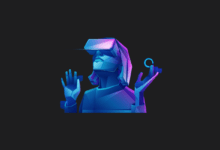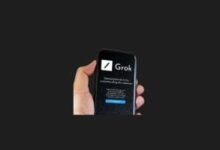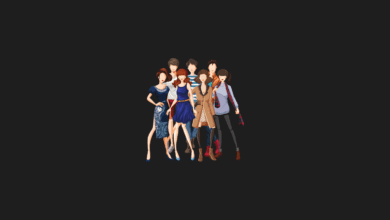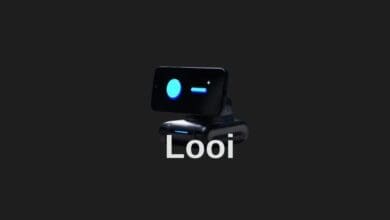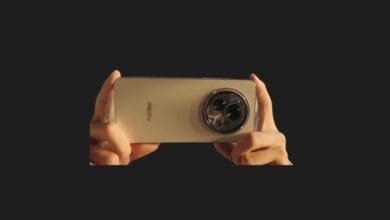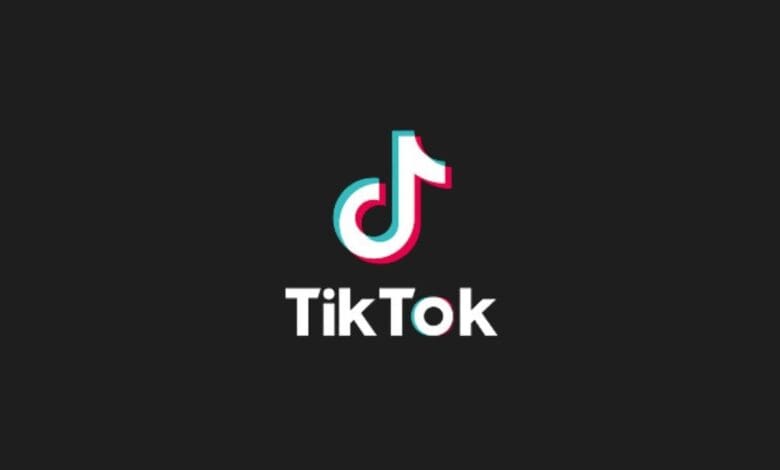
TikTok will automatically tag AI-generated content!
TikTok announced on Thursday that AI-generated outputs from other platforms will now be automatically labeled.
With this update, if a creator uploads content made with tools like OpenAI’s DALL-E or similar services, a tag indicating that the content is AI-generated will automatically be applied. This helps viewers identify the nature of the content at a glance.
This capability is powered by the implementation of Content Credentials, a technology developed by the Coalition for Content Provenance and Authenticity (C2PA), co-founded by Microsoft and Adobe. By integrating specific metadata into the content, TikTok can instantly recognize and label AI-generated content.

Starting Thursday, TikTok will begin to automatically tag AI outputs that have content credentials attached. This update will be progressively rolled out to all users globally in the coming weeks.
While TikTok has already been tagging content created with its own AI effects, it will now extend this practice to content that incorporates Content Credentials from other platforms as well. Notably, Microsoft, Adobe, and OpenAI already support Content Credentials, and Google has also pledged support for this initiative.
TikTok has already required creators to disclose whether their content is AI-generated or enhanced. However, the company views this new update as another measure to ensure AI-generated content is properly labeled, while simultaneously alleviating the burden on creators.
In the next few months, TikTok plans to implement Content Credentials for AI-generated content created with TikTok’s own AI effects. These credentials will include information about where and how the AI-generated content was produced or modified, and will accompany the content if it is downloaded. Other platforms that adopt Content Credentials will be able to automatically label such content as AI-generated.
TikTok’s commitment extends beyond just tagging AI content on its own platform; it also aims to ensure that AI-generated content originating from TikTok is appropriately tagged when shared on other platforms.
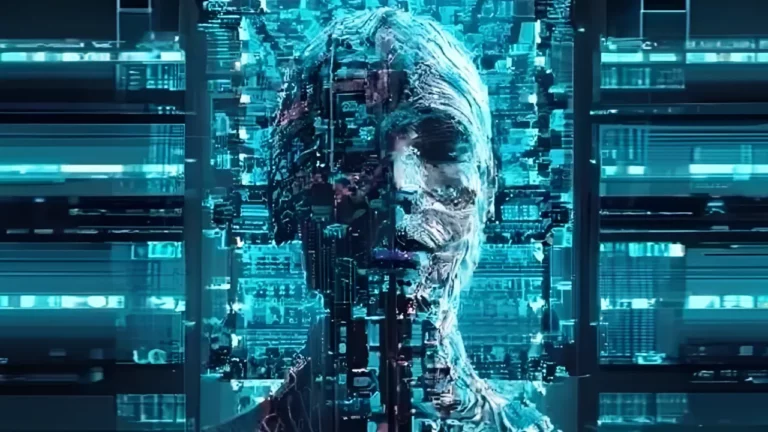
“AI-generated content offers an incredible avenue for creativity, but ensuring transparency for our audience is crucial,” said Adam Presser, TikTok’s Head of Operations and Trust & Safety, in a press release.
“By collaborating with our peers to tag content across platforms, we facilitate a more responsible discovery of AI-generated content for creators, while continuing to combat harmful or deceptive AI-generated content (AIGC), which is banned on TikTok.”
TikTok claims it is the first video-sharing platform to implement Content Credentials. It is noteworthy that Meta announced plans in February to enhance the C2PA’s solution by adding more resources to content.
In its recent announcement, TikTok reaffirmed its commitment to preventing the deceptive use of AI in elections and emphasized that its policies strictly prohibit misleading AI-generated content, regardless of whether it is labeled.
What are your thoughts on this development? Feel free to share your opinions in the comments!
You may also like this content
- Stable Virtual Camera: AI Model That Transforms Photos into 3D Realistic Videos in Seconds!
- Google Gemini Will Soon Be Able To Turn What You Type Into Video
- Elon Musk Officially Unveils xAI’s New AI Model Grok 3
Follow us on TWITTER (X) and be instantly informed about the latest developments…

